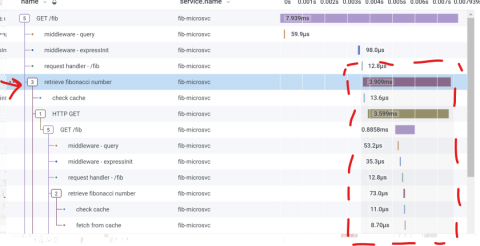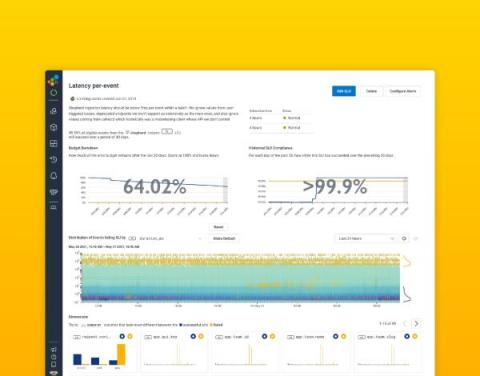Honeycomb OpenTelemetry Distro for Java reaches 1.0 release
Today, the Honeycomb OpenTelemetry Distribution for Java reaches a major milestone with a 1.0 release. This is the first Honeycomb OTel Distro to come out of beta and go into the general release category, and you can expect more to come!










